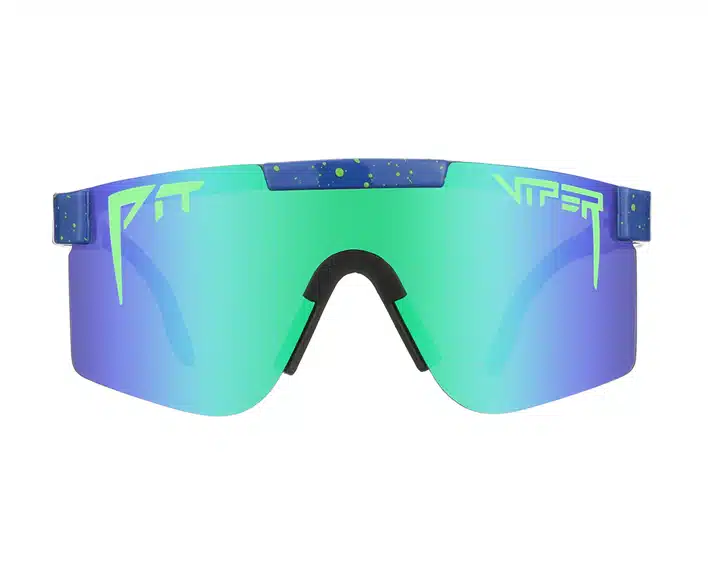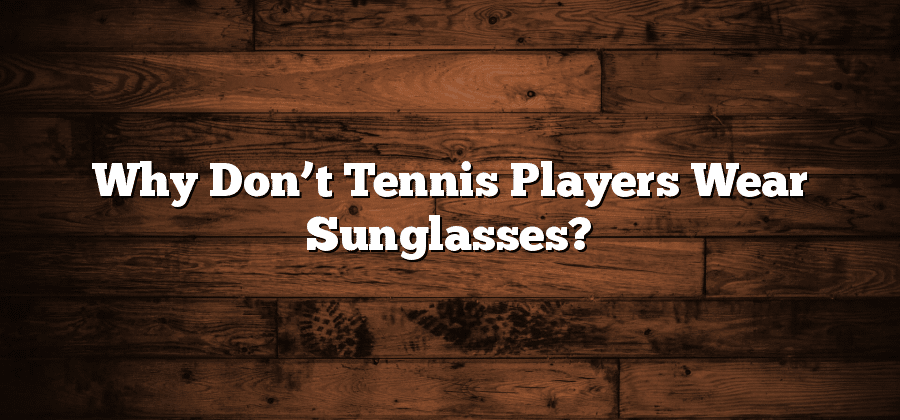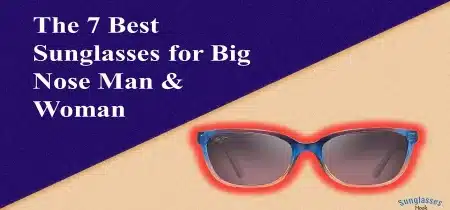Tennis is a sport that requires absolute concentration and precision. Players must keep their eyes on the ball at all times, interpreting its trajectory, speed, spin, and anticipating its bounce. One would think that sunglasses, being designed to protect the eyes from harmful UV rays and improve vision clarity, would be a standard accessory for tennis players, especially when playing outdoors. However, the reality is quite different. The majority of professional tennis players are often seen sans sunglasses, sparking the question, “why don’t tennis players wear sunglasses?” This article delves into the reasons behind this choice.
Perception and Focus

Visual Acuity
Visual acuity is paramount in tennis, a sport where the ball travels at great speed, often with tricky spins. Sunglasses, even high-quality ones, can introduce slight distortions or changes in light levels which may affect a player’s ability to judge the ball’s trajectory and speed accurately. A slight misjudgment can lead to a miss-hit or an unforced error, often with significant repercussions in a competitive match.
Depth Perception
In tennis, judging the depth is essential for timing shots correctly. Sunglasses can potentially alter depth perception, making it difficult for players to time their swing correctly. Even minor changes in the perception of depth can cause a player to mistime a shot, again, leading to a potentially crucial error.
Comfort and Performance
Fit and Stability
Tennis involves a lot of dynamic movements such as sudden stops, explosive lunges, and powerful serves, all of which can cause sunglasses to shift or fall off. Players cannot afford to adjust their sunglasses during a point. This can prove to be a significant distraction, potentially impacting their performance adversely.
Sweat and Fogging
During an intense match, tennis players can sweat profusely. This sweat can make sunglasses slip and can also lead to fogging of the lenses, impairing vision. While anti-fogging solutions are available, they’re not entirely foolproof and can still leave players with less than optimal vision.
Lighting Variations and Transitions
Indoor and Outdoor Transitions
Matches often transition between indoor and outdoor courts due to changing weather conditions. This transition could require players to put on or take off their sunglasses, causing unnecessary hassle and potential breaks in concentration.
Changing Light Conditions
Even when playing outdoors, light conditions can change rapidly due to cloud cover, the sun’s position, or the onset of dusk. Sunglasses that are ideal for one lighting condition may not be suitable for another, causing potential vision issues for players.
Personal Preference and Tradition
Sensory Experience
Some players feel that wearing sunglasses creates a barrier between themselves and the environment. They prefer to feel the sun and wind on their face, asserting that it helps them gauge the playing conditions better. They might even feel that it keeps them more connected with the game, thus helping their performance.
Tradition
Tennis has a rich tradition and history, which includes a certain dress code and etiquette. While this has evolved over time, many players choose to maintain the traditional tennis aesthetic, which does not commonly include sunglasses.
Exceptions to the Rule
Although many tennis players opt not to wear sunglasses, there are exceptions. Some players, such as the Bryan brothers, have been known to wear sunglasses during matches. They generally opt for high-performance sports sunglasses designed to counter many of the issues described above, such as instability and fogging. These glasses are specially designed to improve contrast and clarity, potentially offering some advantages. However, they remain the exception rather than the rule in professional tennis.
In Conclusion
While the benefits of sunglasses, such as protection from UV rays and reduced glare, might seem obvious, the reasons many tennis players choose not to wear them are deeply tied to the nuanced demands of the sport. Perception, comfort, lighting transitions, and even tradition all play a part in this decision. As technology advances and sports eyewear continues to improve, it will be interesting to see if the prevalence of sunglasses in professional tennis changes. Until then, the tennis world largely remains a sunglasses-free zone.



Recent Comments